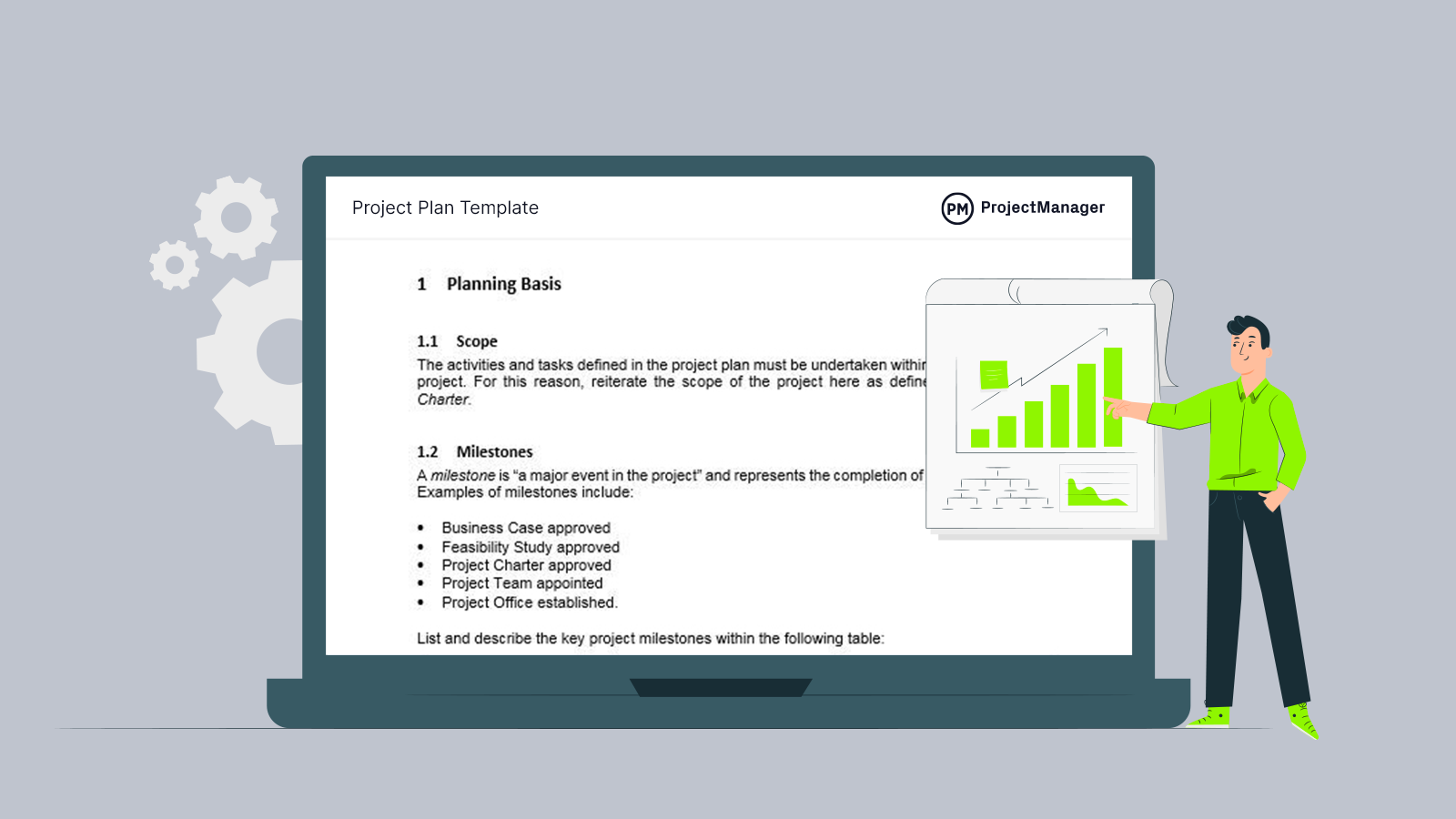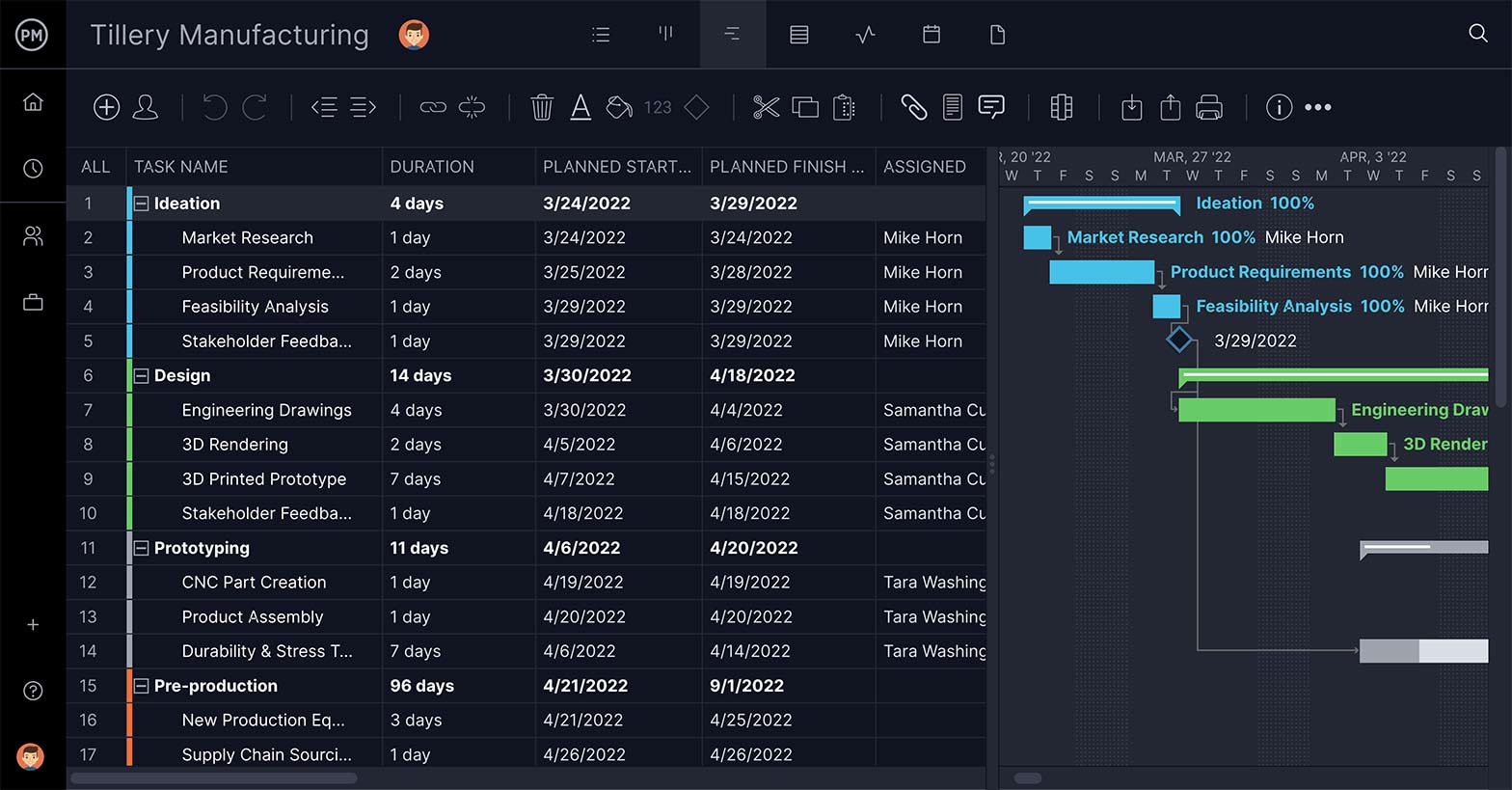Managing a project is difficult. You have a deadline to meet and budgets to keep. And within that narrow lane, you have to deliver a quality product or service.
And that’s just the project! What about all those things that can impact the project? There are forces outside your control that can sidetrack your work. There are even issues that can arise from your team or stakeholders.
All of these things make up the project environment. Just as you live in an environment that impacts your life, so does your project. You need to be aware of the project environment and prepare for its influence on your project throughout the project management life cycle.
What Is a Project Environment?
A project environment is all the internal and external forces that exert on your project management. These are things from inside and outside the project that can impact your schedule, budget, team morale and much more.
The project manager must understand the project environment and proactively plan to manage the factors that might influence the project. It’s sort of like managing risk in that way.
Think of the project environment as the context the project exists in. There’s an old expression that says, “Context is everything.” Any project manager who thinks they don’t need more data is a project manager who is going to get a tough lesson.
Why Is Project Environment Important?
When managing a project, it’s second nature to define its objectives, scope, budget and schedule—but often you neglect the project management environment. Do this at your own peril. There are factors at play that you must identify and manage to make sure you deliver the project successfully.
For example, where is the project happening, and does that space have potential risks? There could be an earthquake, a hurricane or even something as simple as poor infrastructure that makes it difficult to get your resources to the job site.
Another factor is the social environment. What does the local community think of the project? Will they be upset and potentially stand in the way of your progress? It could also be less dramatic, such as the demographic of the area which might influence the project management plan in some way.
The project environment is of utmost importance. Collecting this information is where project management software can help. ProjectManager is an online tool that allows you to upload unlimited documents and images to the tool. Organize them on our list view and they’re always at your fingertips, whether you’re onsite, in the office or even at home. Try ProjectManager today for free!

Key Elements of the Project Environment
Two of the main elements of a project environment are internal and external factors:
Organizational Structure and Organizational Culture
The organizational structure impacts how you manage the project. These are the various systems that outline how processes are done to achieve the goals of the organization, and in turn, the workings of the project. In addition, the organizational culture also shapes how you execute the project.
Physical Environment
The other key factor is the physical environment. This includes the local ecology to the physical geography—weather, site access constraints, utilities, local service availability and availability of human and material resources. These are external factors, as they are outside of the control of your organization.
Political Environment
The political environment the project takes place can impact how the project team interacts with stakeholders. There can be illegal activities at play, such as corruption, differences in local and national policies, changes in political power or influence and more.
There are also cultural and religious issues to consider. These might cause your project plan to change because of personnel accommodations in work facilities, holidays, acceptable working hours and security considerations.
Other Internal Project Environment Factors
Other internal factors include the tools, skills and experience of your team. What’s their availability? Do they need training? Do you have the tools you need? This can impact the speed and efficiency of the project, as well as the scope and standards.
Outside forces also include market conditions, which are always changing. Depending on the economic environment, you might not have the ability to finance the project. There could be a lack of human and material resources.
Don’t forget the project stakeholders. Understanding them might be one of the most important aspects of managing a project environment. Know their experience, the culture they come from, the structure in which they work, their appetite for risk, priorities, etc.
Project Environment and the Project Management Life Cycle
One of the best ways to manage the project environment is by following the project phases. A project has five phases: initiation, planning, execution, monitoring and control and close. During each of these project management phases, you need to take into account the project environment.
- Project initiation: This phase is where you determine if the project is viable. Considerations for your project environment include identifying the needs of your customers, performing a feasibility study and aligning the project planning with organizational goals.
- Project planning: Project planning involves you creating a budget, a schedule and analyzing risk (which is a major component of any project environment). This is you decide what will be done by the internal project team, and what will be contracted out.
- Project execution: When you execute the project, the project environment includes the resources and equipment necessary to do the tasks. The team will keep an eye out for any risks, and identify issues as they arise. Any testing and verification of performance will occur, too.
- Monitoring and controlling: These two activities take place at the same time as the project execution. At this point, the project environment expands to include processes and tools that track progress and performance. Any variance from the project management plan will be reported and adjustments will be made to keep the project on track.
- Project closure: Closure occurs once the final deliverable has been completed. Now the loose ends need to get tied up. The project environment at this point includes managing the review and acceptance process, settling all open accounts and closing contracts. This is followed by a review of the project, documenting all lessons learned and closing all project records.

Get your free
Project Plan Template
Use this free Project Plan Template for Word to manage your projects better.
Project Environment Example
Let’s take a moment to think of the project environment for a highway extension.
- First, the project is being executed outside. You need to think about the physical environment and determine what season is best to execute the project—preferably when the ground isn’t soaked from rain or frozen solid in winter.
- Then, there is the political environment to consider. Is the state or county on board with the project, and do they have sufficient funds to execute it? Are there any policies or regulations that might impact the project? Is there political goodwill to complete it?
- What is the environmental impact of the project, and does it have support from the community? If you don’t have the locals behind the project, there can be an impasse. There may also be security concerns for the site—or maybe the highway is proposed to go through land that is protected in some capacity.
- An internal project environment could include the complexity of the design, and the available human resources to execute that plan. This can impact the speed and efficiency of your work. An external environment to consider is if market conditions support the project. This can change the project scope.
The project environment touches every aspect of the project. The most obvious and important issues are often the hardest to see. That’s why managing the project environment must never be taken for granted.
How ProjectManager Helps You Manage Project Environment
ProjectManager can monitor and manage the project environment through all five phases of your project. It can collect project documents and serve as a central hub for all project records, connecting teams on its collaborative platform to help them plan, track and report on the project environment in order to stay the course.
Plan From Start to Finish on Gantt Charts
Project plans have to take into account the project environment. ProjectManager’s Gantt charts are robust enough to organize all the activities on your project, link dependencies that can delay your progress and even set a baseline once you’ve created the project schedule. With a baseline, you can quickly see the project variance and in real time as our software is updated instantly when the project status is filed.

Get Real-Time Status with Live Dashboards
Getting a high-level view of the project allows you to see the full project environment and capture issues fast so they can be resolved quickly before negatively impacting the project. ProjectManager’s live dashboard doesn’t have to be configured like on lightweight tools but is ready to go when you are. It collects data in real time and automatically calculates project metrics that are then displayed in easy-to-read graphs and charts.

One-Click Reports Provide Data Quickly
If you need a closer look at the data, use ProjectManager’s one-click reports. Generate reports on project variance, tasks, costs and much more. All our reports can be filtered to allow you to zero in on only the information you want to see. You can filter reports to show what stakeholders want to be updated on, too, and then easily share with them.

From planning to closure, our software has all the features you need to manage your project environment and mitigate any risks involved with it. Get notifications, resource management tools and kanban boards that visualize your team’s workflow so you can catch bottlenecks and reallocate resources fast to keep teams working at capacity. Plus, you get multiple project views so everyone on the team can work how they want and stay up-to-date.
ProjectManager is award-winning software that organizes your work and keeps you productive. Its real-time data helps you monitor the project environment and make better decisions to keep your project on track. Try ProjectManager free today.

